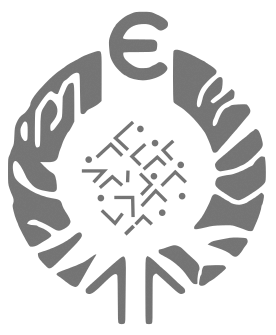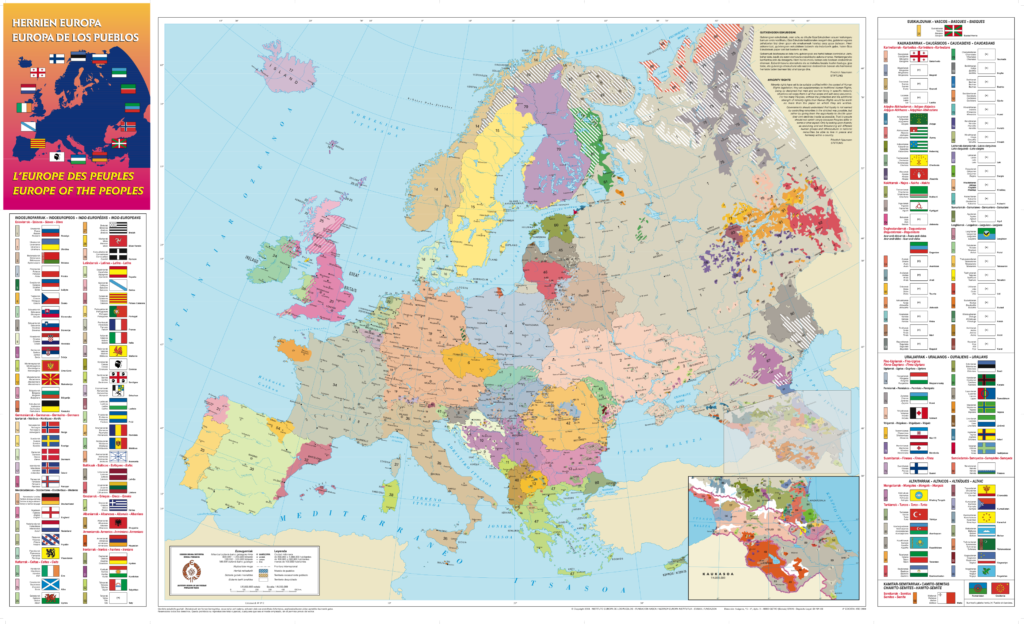Information translated by Google translate ![]()
BASIC DATA
Area, 207,600 km²
Population, 9,491,823 h (est. 2018)
Density, 45.7 h / km2
Capital, Minsk
Languages: Belarusian and Russian (official).
Ethnic composition: Belarusians 83.7%, Russians 8.3%, Poles 3.1%, Ukrainians 1.7%, Jews 0.1%, Armenians 0.1%, Tatar 0.1%, Azerbaijanis 0.1% , Lithuanians 0.1%, other groups (gypsies) 2.9%.
Religions: Orthodox 48.3%, Catholic 7.1%, Protestant, Jewish, Muslim 3.5%, non-religious 41.1%.
Literacy rate, 99.7%
Human Development Index (HDI), 0.808 (UN-2018) (53rd in the world).
Political system, republic (founding member of CEI)

The capital of Belarus, Minsk, is a modern-looking city, because it had to be rebuilt after the devastation suffered during the Second World War.
DEMOGRAPHIC INDICATORS
Birth rate, 10.3 ‰
Mortality rate, 13.2 ‰
Vegetative growth, -0.29%
Life expectancy at birth: men, 67.5 years; women, 78.8 years (est. 2017).
ECONOMY
Agriculture: cereals, potatoes, sugar beet, vegetables, flax.
Livestock: bovine, ovine, porcine.
Mining: oil, natural gas, peat, coal, lignite.
Industry: metallurgical, mechanical, synthetic fibers, chemical, wood, paper, textile.
GDP per capita, $ 20,007 (est. 2018)
Sectoral distribution of GDP:
• Agriculture, 8.3%
• Industry, 40.6%
• Services: 51.1%
Foreign trade:
• Exports: machinery and equipment, manufactured products, chemicals, textiles and food.
24,200 million dollars
• Imports: oil, natural gas, machinery, chemical products and processed foods.
26.2 billion dollars (est. 2017)
HISTORY (XX-XXI centuries)
1900-09: Before the serious economic situation a large number of Belarusians emigrated abroad.
1914-18: The country was a field of bloody battles, suffering great material losses.
1920-21: The Treaty of Riga divided Belarus between the Soviet Union and Poland.
1939: Western Belarus was occupied by Soviet troops.
1941-44: The German occupation produced 1,300,000 deaths, including many Jews; Minsk was destroyed.
1945: Belarus became a founding member of the United Nations.
1950-59: Large-scale immigration of Russians, and Russification.
1986: Environmental unrest due to the disaster at the nearby Ukrainian nuclear power plant in Chernobyl.
1990: The Belarusian language was established as an official language.
1991: Independence of the country after the collapse of the Soviet Union, and determining role of Belarus in the formation of the Commonwealth of Independent States (CIS).
1992: Belarus was admitted as a member of the UN.
1993: Adhesion to the Nuclear Non-Proliferation Treaty by Belarus.
1994: A Constitution was drafted that defined Belarus as a neutral, non-nuclear State. Agreement of monetary union with Russia and celebration of presidential elections, in which Alyaksandr R. Lukashenka triumphed.
1995: Referendum approving the economic partnership with Russia and the co-officiality of the Russian language.
1996: President Lukashenka stressed the authoritarian nature of the Government; announced the holding of a referendum in order to expand the presidential powers.
1997: The signing of the Deed of Union with Russia provoked numerous demonstrations. Relations with Moscow were negatively affected by Lukashenka’s repressive stance with the media.
1998: The country advanced towards the integration to Russia, while the president continued ruling authoritatively but without being able to face the problems of corruption and the economic crisis.
1999: A. R. Lukashenka and B. Yeltsin signed the treaty on the Creation of a State Union, by which Russia and Belarus undertook to create a confederal state.
2001: President Lukashenka was re-elected for a second term in a presidential election that was criticized by the European Union.
2002: President Lukashenka rejects Russia’s proposal to unify its parliaments and governments.
2004: A referendum is held, eliminating the limit of two legislatures. The parliamentary elections were criticized, and the opposition parties fail to obtain any seats.
2006: President Lukashenka returns to win the presidential elections, which were once again criticized. After negotiations with Russia, Belarus accepts trade agreement, in which Russia increases the price of gas.
2008: In parliamentary elections, government candidates win 110 seats.
2009: President Lukashenka visits Europe (Vatican) for the first time since 1995.
2010: President Lukashenka wins new presidential elections, which cause big protests in the capital.
2011: An explosion in the Minsk subway takes the lives of 15 people. President Lukashenka blames the Communists for this and the execution of two suspects.
2012: The government expelled the Polish ambassador and the envoy of the European Union. Months later, the ambassador of Sweden is expelled due to activists in favor of human rights.
2014: Belarus asks for Russian military support, after NATO expands its troops in the neighboring Baltic countries. This happens due to the tension caused by the Crimean crisis.
2015: President Lukashenka wins the presidential elections for the fifth time.
2016: Two candidates of the opposition win seats in the parliamentary elections.

COLABORA
con la actualización de esta información
ELKARLANEAN
informazio hau eguneratuta
COLLABORATE
with the update of this information
inst-europ@inst-europ.org
